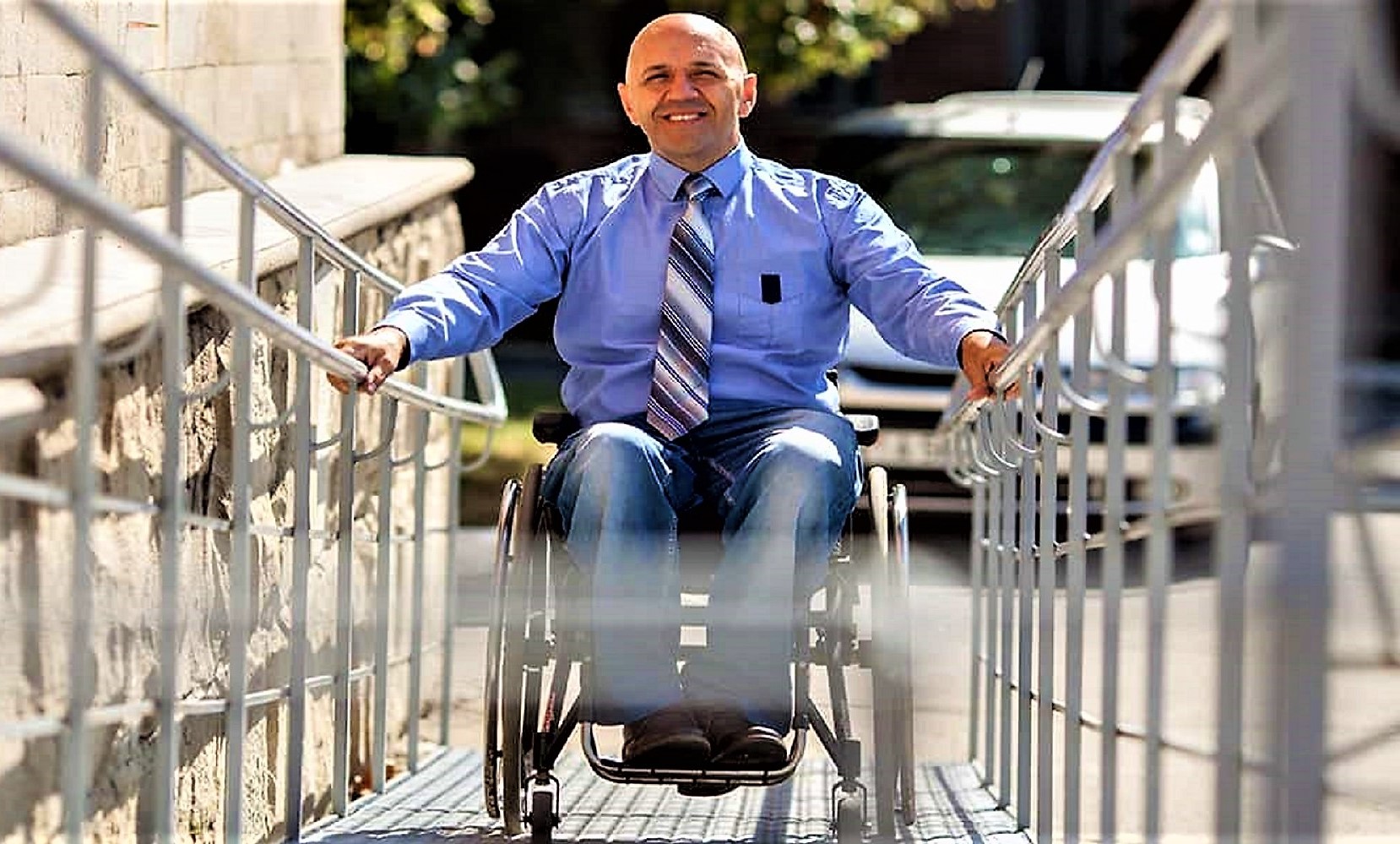Agencia Peruana de Noticias PRENSAPERU.PE https://prensaperu.pe Twitter: @prensaperupe El Ministerio de Vivienda, Construcción y Saneamiento (MVCS) publicó la Resolución Ministerial N° 075-2023-VIVIENDA, que modifica la Norma Técnica A.120, de Accesibilidad Universal del Reglamento Nacional de Edificaciones, en el marco de la Política Nacional Multisectorial en Discapacidad para el Desarrollo al 2030.
Este dispositivo incluye nuevos parámetros y precisiones legales con el objetivo de eliminar las barreras que impiden que las personas con discapacidad y con movilidad reducida puedan desplazarse en las edificaciones con libertad, autonomía y seguridad.
La norma precisa que el ingreso a la edificación debe ser accesible desde la acera o el límite de propiedad hasta el inmueble. En caso de existir diferencia de niveles, además de la escalera de acceso, se debe incluir rampas o medios mecánicos que permitan el acceso a la edificación.
Además, tener un sistema de drenaje en los ingresos. Si el edificio tiene una puerta giratoria, deberá preverse otra puerta que permita el acceso de las personas con sillas de ruedas o con coches de niños.
Señala también que las rampas deben tener un metro de ancho como mínimo, incluyendo pasamanos y barandas de ambos lados, y una pendiente transversal, de existir, debe ser menor al 2%.
Asimismo, todas las puertas de material traslúcido deben contar con indicadores visuales de contraste a una altura de un metro. Respecto a los tiradores o agarraderas de las puertas traslúcidas, deben colocarse a una altura de 1.20 metros y debe ser de tubo continúo empotrados a la superficie.
“Los estacionamientos de uso público deben reservar espacios de estacionamiento exclusivo dentro del predio para los vehículos que transportan o son conducidos por personas con discapacidad”, refiere la norma técnica.
En caso los estacionamientos cuenten con un sistema de pago de Ticket, este debe ser ubicado en el mismo nivel de los estacionamientos accesibles para evitar que la persona deba trasladarse a otro nivel para el pago.
“Las edificaciones que cuenten con habitaciones para hospedaje deben contar con las condiciones mínimas de accesibilidad, alarmas visuales y sonoras, instrumentos de notificación e información en sistema Braille y teléfonos con luz”, añade el dispositivo.
La norma técnica también detalla sobre la colocación y funcionamiento de los ascensores, las plataformas elevadoras; la ubicación de mobiliarios en zonas de espera o para espectadores, la instalación de teléfonos públicos, los servicios higiénicos, entre otros aspectos.
Fuente: Agencia Peruana de Noticias PRENSAPERU.PE https://prensaperu.pe Twitter: @prensaperupe
English translation
Ministry of Housing, Construction and Sanitation published the R.M. N° 075-2023-VIVIENDA, modifying Technical Standard A.120, for Buildings.
Peruvian News Agency PRENSAPERU.PE https://prensaperu.pe Twitter: @prensaperupe The Ministry of Housing, Construction and Sanitation (MVCS) published Ministerial Resolution No. 075-2023-HOUSING, which modifies Technical Standard A. 120, of Universal Accessibility of the National Building Regulations, within the framework of the National Multisectoral Policy on Disability for Development by 2030.
This device includes new parameters and legal details with the aim of eliminating the barriers that prevent people with disabilities and reduced mobility from moving around buildings with freedom, autonomy and safety.
The norm specifies that the entrance to the building must be accessible from the sidewalk or the property line to the property. If there is a difference in levels, in addition to the access ladder, ramps or mechanical means must be included to allow access to the building.
Also, having a drain on revenue. If the building has a revolving door, another door must be provided to allow access for people with wheelchairs or prams.
It also states that the ramps must be at least one meter wide, including handrails and railings on both sides, and a transversal slope, if it exists, must be less than 2%.
Likewise, all doors made of translucent material must have visual contrast indicators at a height of one meter. Regarding the handles or handles of the translucent doors, they must be placed at a height of 1.20 meters and must be made of a continuous tube embedded in the surface.
“Public use parking lots must reserve exclusive parking spaces within the property for vehicles that transport or are driven by people with disabilities,” the technical standard refers to.
If the parking lots have a Ticket payment system, this must be located on the same level as the accessible parking lots to prevent the person from having to move to another level to pay.
“Buildings that have rooms for lodging must have the minimum conditions of accessibility, visual and audible alarms, notification instruments and information in Braille system and telephones with light”, adds the device.
The technical standard also details the placement and operation of elevators, elevating platforms; the location of furniture in waiting areas or for spectators, the installation of public telephones, hygienic services, among other aspects.
Source: Peruvian News Agency PRENSAPERU.PE https://prensaperu.pe Twitter: @prensaperupe
